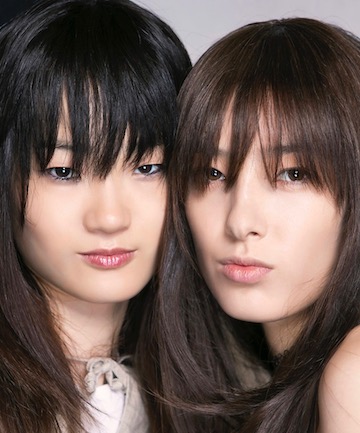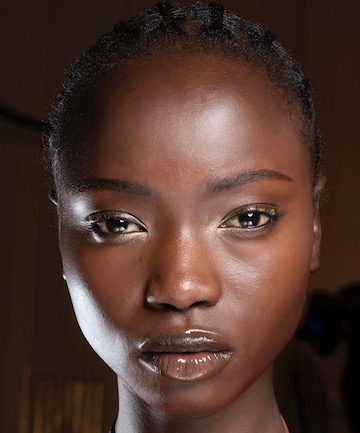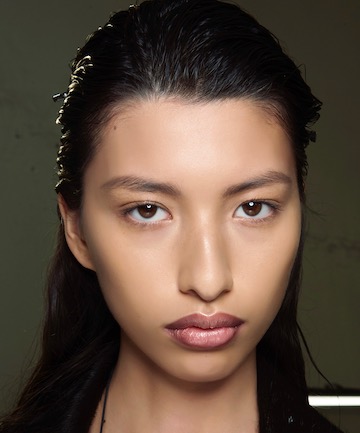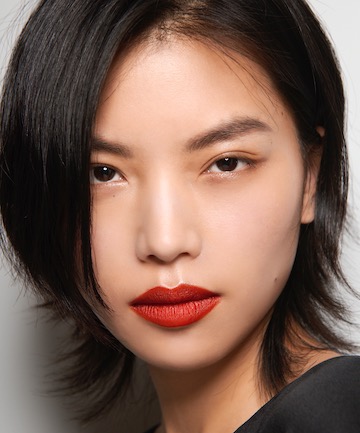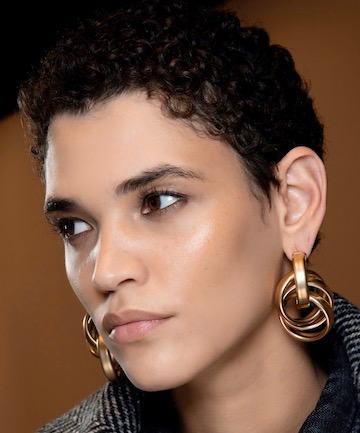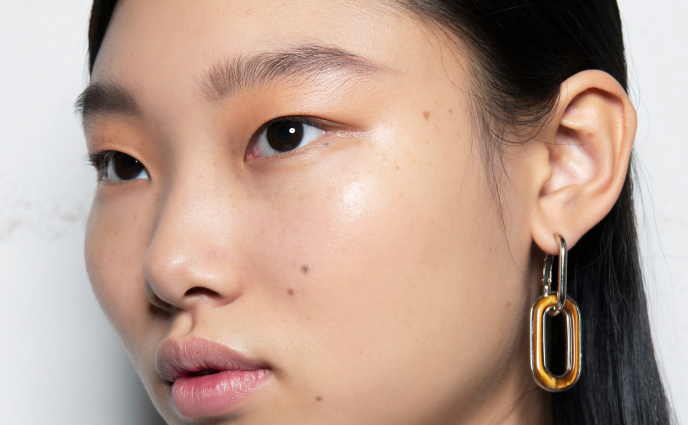Slugging sounds like some ultra trendy wellness fad or another viral TikTok food hack. But it actually has to do with your skin. It began as a Korean beauty secret and became popular via social media. In case you are wondering, it doesn't involve actual slugs. Or K-beauty's beloved snail mucin.
Click through the gallery to find out exactly what slugging is and what it can do for your skin.
Image via Imaxtree
New York City plastic surgeon Dr. Melissa Doft confirms that slugging has its roots in K-beauty. Basically, it's where an occlusive layer of petroleum jelly, such as Vaseline, is applied to skin to lock in moisture overnight.
This shiny barrier layer is what helped give the trend its name. "Slugging results in a dewy, shiny complexion, much like the mucous-covered skin of the popular technique of applying slugs on the skin and the mucous slime left behind," explains Dr. Purvisha Patel, board certified dermatologist and founder of Visha Skincare. Slugging is free of any critters, however.
"I'll admit it's a weird term for the beauty business, but because slugging leaves your skin a little slimy people thought analogizing it to a slug was appropriate," concedes Sarah Akram, celebrity master esthetician and owner of Sarah Akram Skincare.
Image via Imaxtree
Slugging may have took off on TikTok, but the concept isn't groundbreaking. "It is not a new trend and has been in use for decades, from babies to older adults, to help treat and repair dry, sensitive skin," says Vanessa Coppola, FNP-BC, board certified nurse practitioner, aesthetic specialist and owner of Bare Aesthetic Medical Spa.
It works by helping to strengthen and repair the stratum corneum, a protective, lipid-rich membrane that forms the outermost layer of skin, according to Coppola. This membrane can get damaged by environmental factors, genetics and even skin care products.
Image via Imaxtree
The most popular product for slugging is Vaseline Original Unscented Petroleum Jelly, $1.59. It undergoes a triple purification process so it lends itself well to the practice.
Image via Imaxtree
Coppola stresses that it's important to remember that petroleum jelly is not a moisturizer. It is a barrier agent that helps lock in moisture by preventing water loss. It also locks in other products, which can be good and bad.
"Some of the side effects from skin care products may be exacerbated by applying petroleum jelly on top because they aren't exposed to the air, leakage is limited and the natural vehicle within which they are formulated to deliver the active ingredients to the skin is altered," says Coppola. "Caution should be exercised to determine tolerance for the increased concentration of skin care products layered underneath the petroleum jelly."
Slugging should always be the last step in a routine. If you've experienced sensitivity with any skin care product previously, don't apply them during a slugging session. Do a patch test your first time slugging and always monitor your skin for any adverse reactions.
Image via Imaxtree


